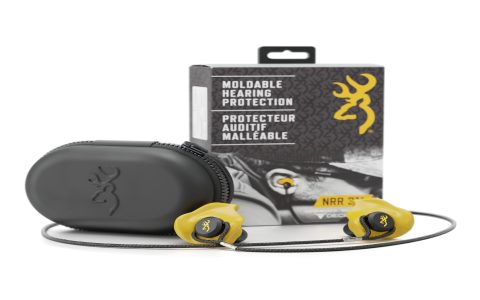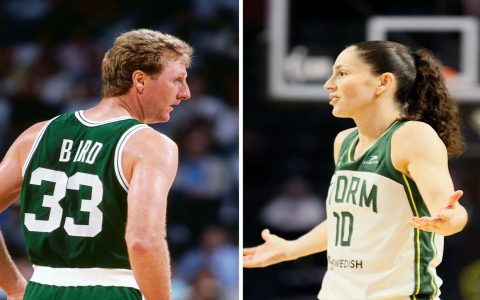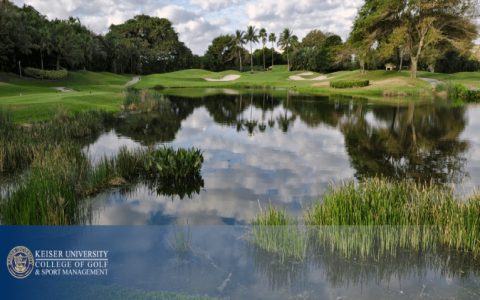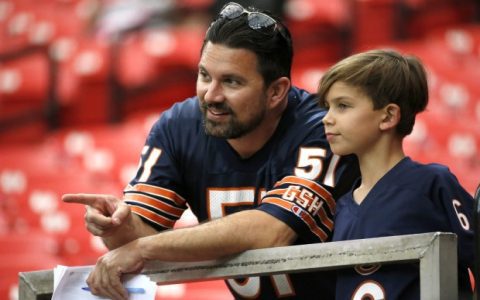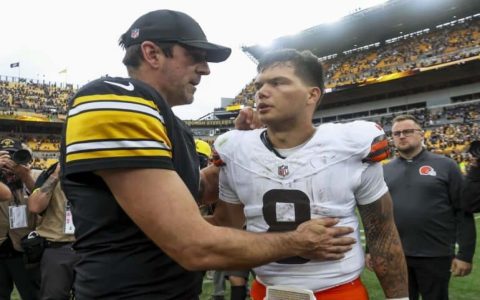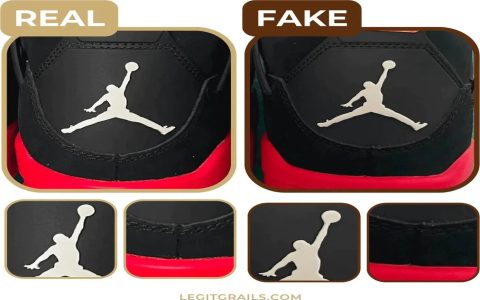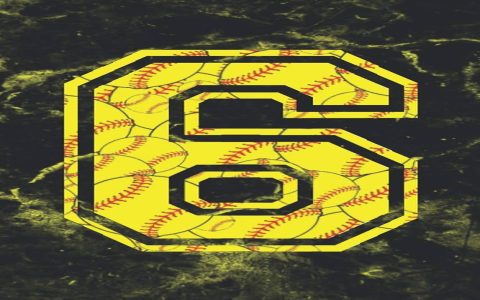NASCAR events expose attendees to extreme noise levels, often exceeding 130 decibels (dB) near the track. This sustained noise presents a significant risk of permanent Noise-Induced Hearing Loss (NIHL) and tinnitus. Effective ear protection is not merely advisable; it is essential for long-term auditory health.
Why NASCAR Hearing Protection is Critical
Racecar engines, especially powerful NASCAR V8 engines operating at high RPMs, generate intense, low-frequency sound waves. Pit crews, officials, media, and even spectators in grandstands experience prolonged exposure to these hazardous levels, far surpassing the 85 dB threshold where sustained exposure becomes dangerous.
Types of Effective Hearing Protection
Select protection based on Noise Reduction Rating (NRR), fit, comfort, and communication needs:
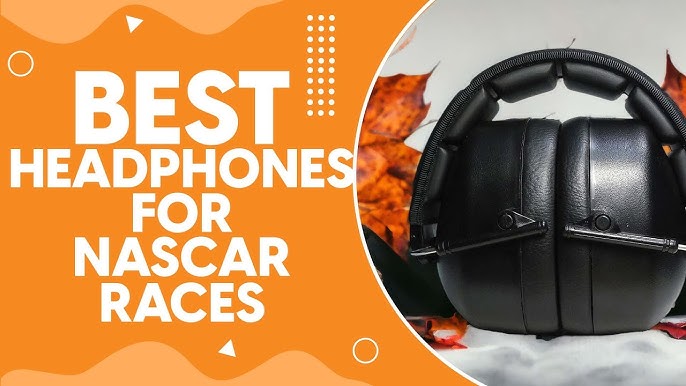
- High-Fidelity Electronic Earmuffs: The optimal choice for many. They actively suppress hazardous noise levels above 85 dB while amplifying ambient sounds and voices via built-in microphones. Essential for clear team communication for pit crews and officials without removing protection.
- Custom-Molded Earplugs: Professionally fitted silicone plugs offer excellent comfort and high noise attenuation (NRR often 25-30+). Best for consistent attenuation without electronic features. Ideal for drivers needing helmet compatibility and crew members.
- High-Attenuation Passive Earmuffs: Provide robust protection (NRR 25-33+) through acoustic sealing. Less versatile than electronic options but simpler and reliable.
- Disposable Foam Plugs (High NRR): Budget-friendly options offering decent protection (NRR 30+) when inserted correctly. Consistent, deep insertion is crucial for their rated effectiveness.
Selecting the Right Protection: Key Factors
- Noise Reduction Rating (NRR): Choose devices with an NRR of 25 or higher. Remember, real-world attenuation is often less than the stated NRR. Higher NRR is vital for those closest to the action.
- Duration & Proximity: Pit crews require maximum protection (high NRR electronic or custom plugs). Spectators further back may utilize strong passive muffs or correctly inserted high-NRR foam plugs. Longer attendance times necessitate stronger protection.
- Communication Needs: Electronic earmuffs are indispensable for roles requiring constant verbal communication in loud environments.
- Compatibility: Drivers must select plugs fitting comfortably under helmets. Crew members wearing helmets or headgear need compatible protection.
- Fit and Comfort: Protection is ineffective if uncomfortable and removed frequently. Ensure a secure, comfortable seal.
Essential Usage Practices
Wear protection consistently from the moment you enter the noisy environment until you leave. Even brief exposure without protection contributes to damage. Ensure earplugs are inserted deeply enough to expand and seal the ear canal. For earmuffs, ensure the ear cups form a complete, tight seal around the ears with no hair, glasses, or hats breaking the seal. Double protection (plugs under muffs) may be prudent for pit crews directly next to cars on starts/restarts.
Proper hearing protection at NASCAR events is a fundamental safety practice. Prioritizing a high NRR and ensuring consistent, correct use are the most effective defenses against permanent, irreversible hearing damage.

